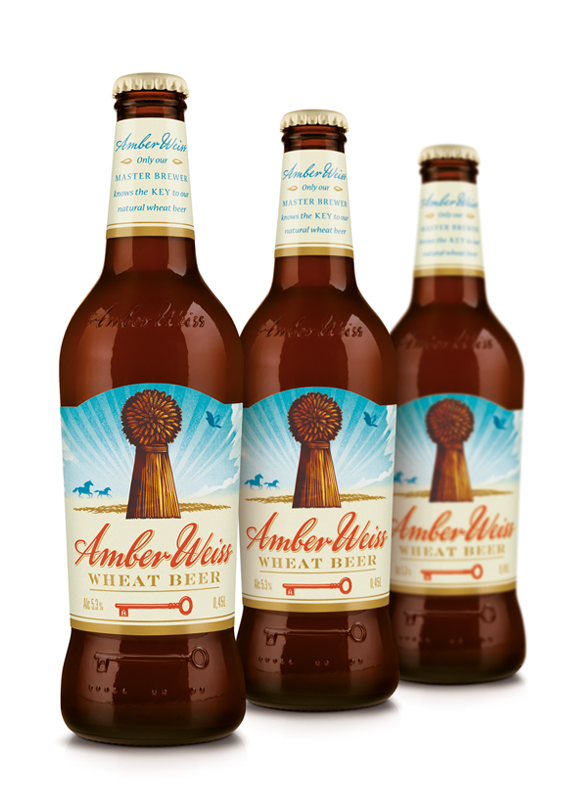The craft and micro beer phenomenon has been going strong for a while, and whilst it has revolutionized the look and feel of the overall beer market, the world’s iconic and giant beer brands have probably not felt overtly threatened. But now, with the polarisation becoming more marked, the icons and giants should maybe embrace and learn from what is driving the craft beer success — before it is too late.
New emotional territories are driving new relationships with beer. And the success of the craft beer sector lies in a concentration of all the important intricacies of what makes them who, and what, they are —using their brand design to play to rich stories of their production, the people who played a role in it, and the stories of their provenance. As a result we see a host of different craft beers, each with very different brand aesthetics. These are brands that work hard to look different whilst being true to themselves and it is very rare to see a craft beer that tries to use design to fit in with the category norm. And fostering this approach is the next big opportunity for the beer brand leaders if they too want to capture this increasingly discerning and sophisticated audience and new target markets.
Understandably however, for the world’s beer giants the focus and key challenges is different. These are brands that need to concentrate on volume and creating an iconic, well known aesthetic that works across different and diverse markets— and many end up copycatting or playing in a very similar space aesthetically. By focusing on being the biggest and the best, it is easy to lose touch with where you have come from, your stories, your provenance and the subtleties that have made you who you are. It is essential to stand for something and remind your consumers what that something is.
Otherwise, by losing touch with what you stand for, you will lose touch with your meaning and, no matter how big you are, brands need meaning to connect and to survive. Coca–Cola is of course a brilliant example of a mass brand that has successfully retained a unique, meaningful aesthetic and own-able identity that communicates its own distinctive brand story —and continues to resonate with consumers across the years and a changing demographic.
Although craft beers are doing things on a much smaller scale they are actually managing to deposition some of the bigger brands in the hearts and minds of consumers. For the beer giants, it’s not about redefining who they are, but about remembering who they are and using design —and the smaller and more individual intricacies of brand design—to inject meaning and a more individual proposition into the brand. We have already started to see this change happening with Anadolu Efes Russia’s new wheat beer brand AmberWeiss.

Photo: Amberweiss’s package design
They’ve created this new brand to tap into the shifting appreciation of beer with an increased focus on taste and craft, endeavouring to move the wheat beer category from niche to mass by introducing a unique lighter tasting beer and communicating this through a unique, interesting, identifiable visual aesthetic — something which the existing visual language of the category does not do.
The opportunity is wide open. It’s time for these established icons to be bolder, braver and to let consumers make a deeper, more meaningful connection with them through engaging, unique brand aesthetics that tell their own unique stories.
About the Author
Darren Foley, Managing Director at Pearlfisher, London, joined the company in 2002 as Realisation Director, inventing the concept of realisation and advocating a design process in which our technical and creative teams work in harmony from the beginning. He has worked in the design industry for close to 25 years, starting out as a junior production artist, and amassing an unparalleled depth of knowledge for the discipline.
